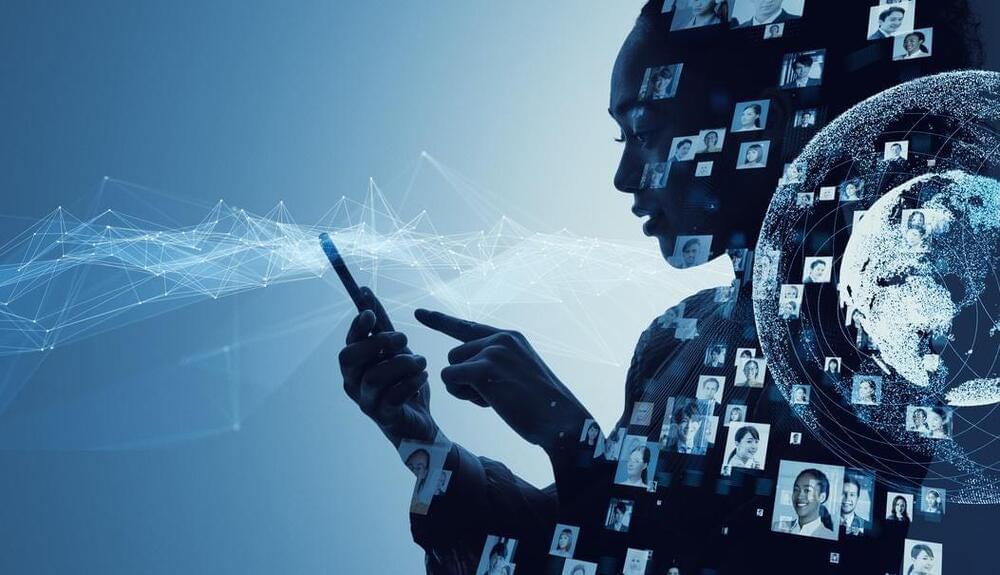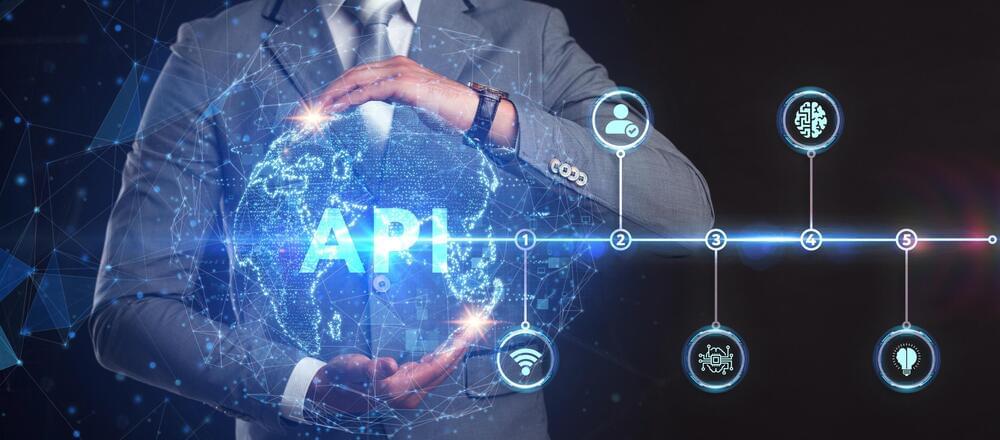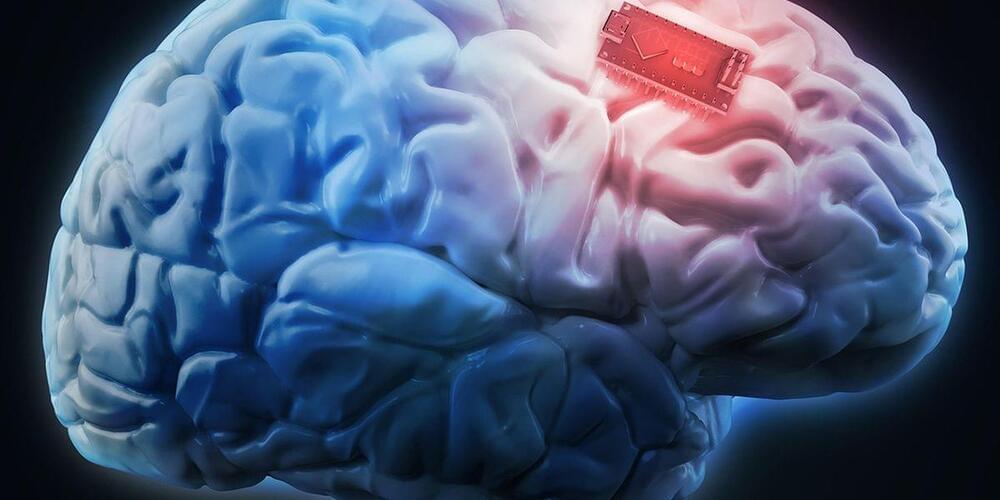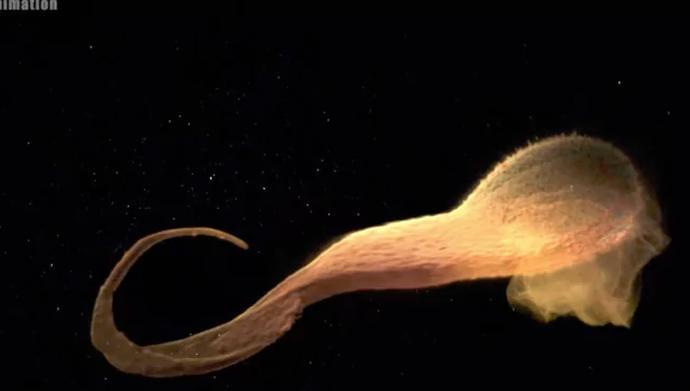While many have claimed to fix politics, very few even came close. Centuries have come and gone with their empires and ideals. Despite the many attempts to reform and improve the political landscape, the issues at hand remain largely unchanged. Corruption, inequality, and moral decay continue to plague governments around the world. It is clear that simply implementing new systems or electing the same leaders is not enough to address these longstanding issues. To truly reform and reverse the decay we see will need more. It will take a multifaceted approach that involves both systemic changes and individual actions, and some radical new ideas.
Many people find themselves today in countries that are repeating history. Inflation that only taxes the working class. Scandals from politicians that care not for the country nor the people they claim to represent. Lies of taxing the wealthy while continuing to burden all others with the shackles of debt. Fear and alarm echoed through every channel of state media that does nothing but leave the public despondent and hopeless about their future. Constant pandering and pilfering by people who see the nation they reside in as nothing but a sinking ship to be looted and left.
Fixing political systems has been a problem prominent in my mind for a long time. With the current order and systems of governance collapsing globally many have begun to ponder this as well. Unfortunately for the simple-minded, I foresee the rise of autocracy, be it communism, socialism, republicanism, or fascism. Such a thing cannot be averted and in fact, many people I doubt would even want it to be. The world has cried out far too long for order, and sooner or later every society will heed that call. Proof enough of this observation would be the nationalist movements that have gained widespread traction in 2022. While I won’t name them such parties and movements have spawned in virtually every western nation. The reason for this is painfully simple: democracy has failed in many people’s lives. It has failed to increase wages or lower housing costs, or even provide reasonable public services.





